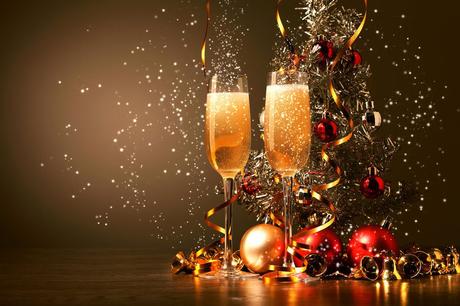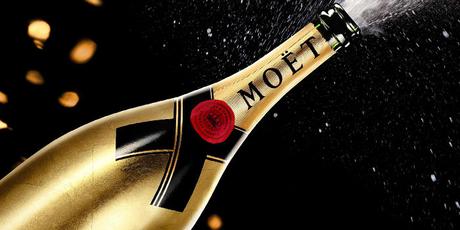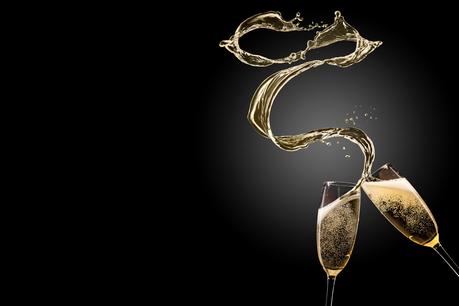Recorded in various spellings including Campagne, Campaigne, Champaigne, and Champagne (French) and Champney, Champneys, Champness, Champniss and Champain (English) this is a noble surname of pre 9th century Old French origins. Introduced into the British Isles after the Norman Conquest of England in 1066, it is a regional name given in the first instance to someone from the Champagne region of France.

The place name derives from the Latin word “campania”, meaning a plain or flat land. It is is also the name of various places in France, and from these may originate the relatively rare locational French surnames as shown above. Sadly many early French records were destroyed during the Revolution of 1792, so most early recordings are to be found in England. Champagne is a region in France which lies in a jagged, one hundred-mile crescent approximately an hour and a half east of Paris with the base near Burgundy and the tip near Belgium. Within Champagne, are four cathedrals containing great architectural and historic interest, two art museums that have superior collections, a number of fine restaurants where the local wine is drank casually. All of this set in some of the most brilliant countryside France has to offer in a place of tranquiled and varied beauty.

Today, Champagne is one of France’s more accessible regions. Roads here are nearly deserted wind and delve between red-roofed villages through forests and fields and 75,000 acres of vineyards growing grapes. At Courgivaux, when you enter Champagne, the landscape begins to open out in long fields filled with white lanes that are attractive in contrast to the vivid fields. The fields are a sign of the region’s most noticeable geological feature, for the Champagne was anciently an inland sea. It left behind nothing but a gigantic block of chalk studded with fossils, which lie beneath the topsoil in deposits hundreds of feet thick. It is this chalk which makes champagne what it is, due to the chalky soil reflecting the sun’s warmth. This heat provides excellent dissipation. Its’ fossils give nutrients and the caves maintain a constant temperature which is used to ferment the vintages.

“I drink Champagne when I win, to celebrate…
And I drink Champagne when I lose, to console myself.”
Napoleon Bonaparte, 18th century French conqueror (1769 – 1873)
* Information on the traditional uses and properties of herbs/ animals/ yoga/ places are provided on this site is for educational use only, and is not intended as medical advice. all image credit goes to their Photographers.

